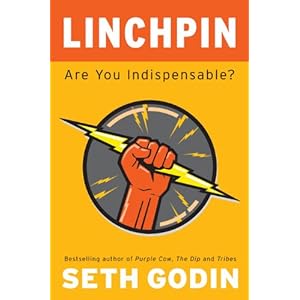
Successful Share Fair Kick-Starts Local Movement
Shareable
July 26th, 2011
Share and Enjoy:
Credit: Kathy Simon/WikiMedia
By Kelly McCartney
The first-ever Fifth Street Share Fair was hosted by The Share Exchange in downtown Santa Rosa, California July 10th. The Share Fair was centered around three themes – kids, art, and sharing. Artists, merchants, restaurants, vendors, inventors, artisans, and others participated, and the wealth of items offered up included books, clothes, electronics, and housewares. A mere $5 entry fee allowed around 2,000 folks to bring and take as much as they wanted.
One visitor, Ben Zolno of neighboring Sebastopol, California, told a local reporter, “Probably the most ecological thing you can do is not buy so much new stuff.” His girlfriend, Jenni Perez, added, “It means so much more to take things from someone who doesn’t want them anymore.” Among their found treasures – a food strainer, computer bag, camping backpack, and teapot.
The Share Exchange’s co-founder Kelley Rajala felt the event was a resounding success: “The community stuff swap and share area rocked and the art throughout the fair was spectacular! We had a 50′x 50′ sculpture garden in the middle of Fifth Street & Mendocino Avenue which is the main road through town. It was great to close the street and transform it into a sharing, caring, creatively fun mecca!”
In addition to community building, the Share Fair did more than its fair share in terms of keeping things out of the waste stream. Not only were goods swapped, but Rajala’s team implemented other sharing / product service strategies into the event, as well. She enthused, “One really neat thing was in our beer area we borrowed durable, stainless steel rent-a-cups from Lagunitas Brewery & Heritage Salvage to eliminate disposable cups. It took people a minute to get the concept, but once they realized how much plastic they were saving compared to most festivals and fairs, they were thrilled with the idea…we did a similar thing at our water stations where durable cups were used and walked over to our local restaurants who washed the cups in their commercial dishwashers, then walked back for use again. No plastic bottles were used!”
Because things went so well, Rajala definitely sees a bright future for the Share Fair franchise: “I think we will continue doing Share Fair events, but will likely make them smaller and do them more frequently – maybe quarterly. We’d rather that people get familiar with the sharing culture by doing it more often than throwing a giant street fair once a year. But, I must say, it was an awesome way to get the movement kick-started.” Rajala and The Share Exchange team also plan to create Share Fair toolkits empowering other communities to hold fairs and support more community sharing.
In addition to Share Fairs, The Share Exchange provides a multitude of programs to the community, all of which are geared toward creating and supporting a new local economy. The idea is simple: “share, reuse, and exchange resources amongst neighbors to promote a friendlier world.” To this end, The Share Exchange provides a co-working space for green entrepreneurs, a marketplace for locally made goods, a health and wellness cooperative, a timebank, and an urban land share hub.
http://news.yourolivebranch.org/2011/07/26/successful-share-fair-kick-starts-local-movement-2/


